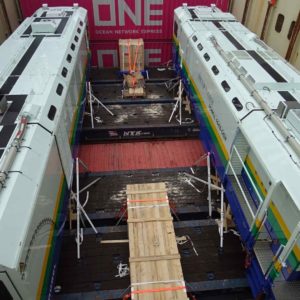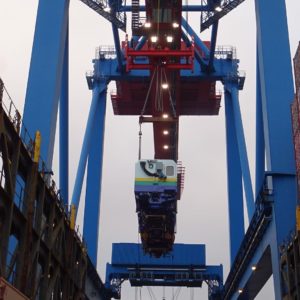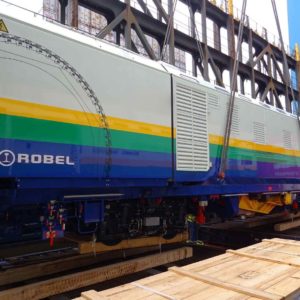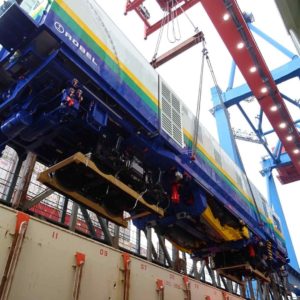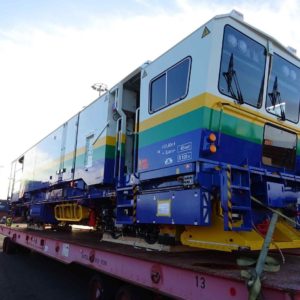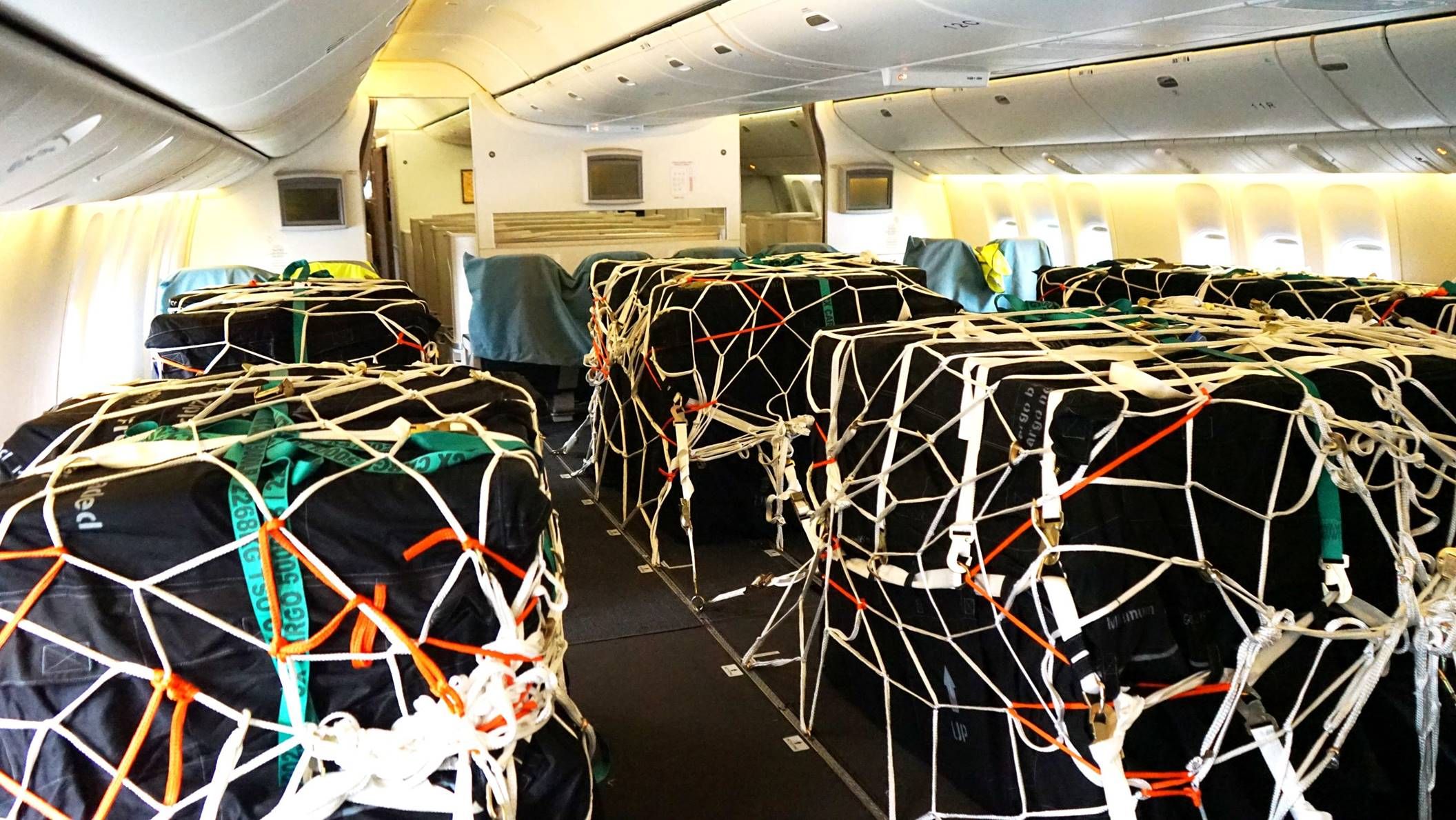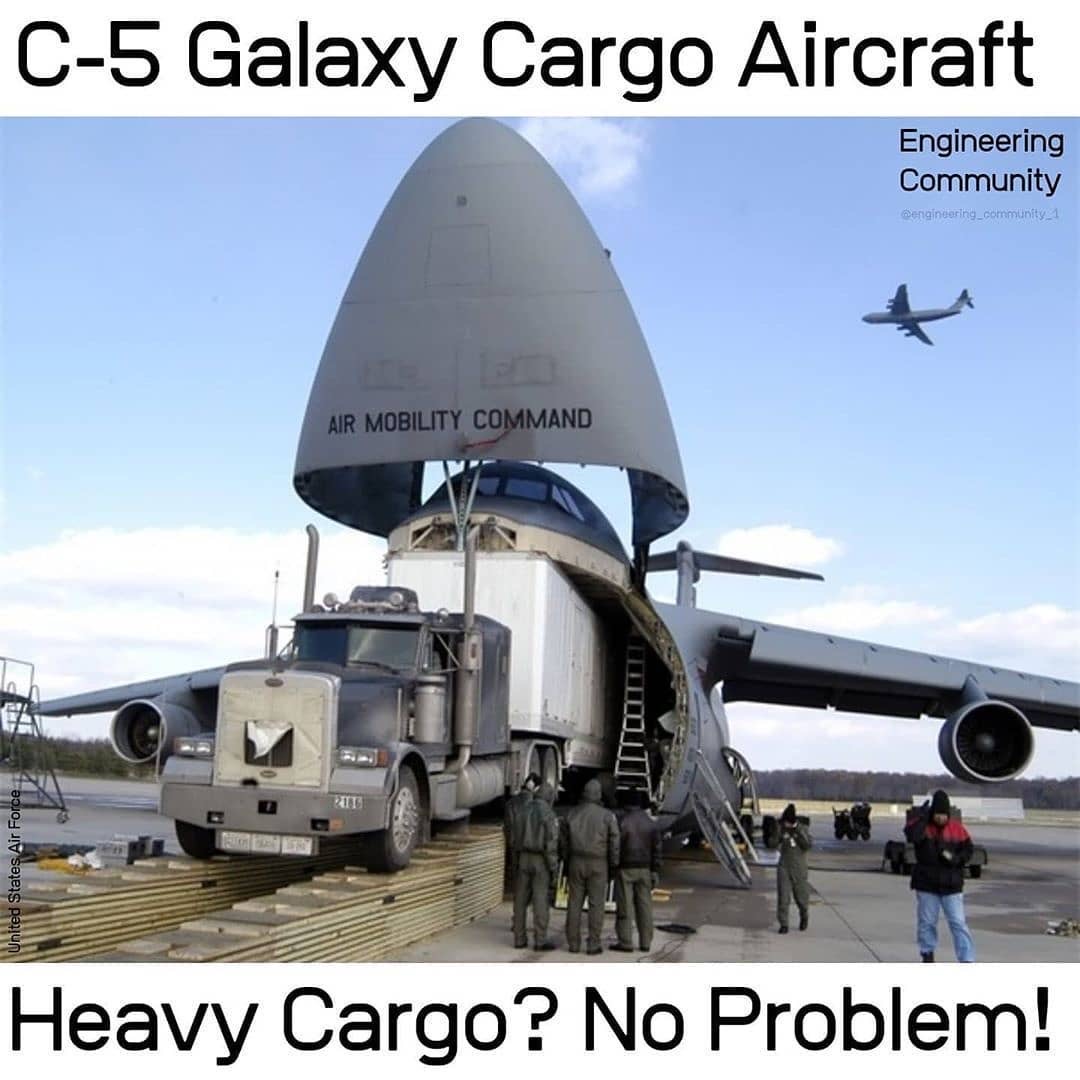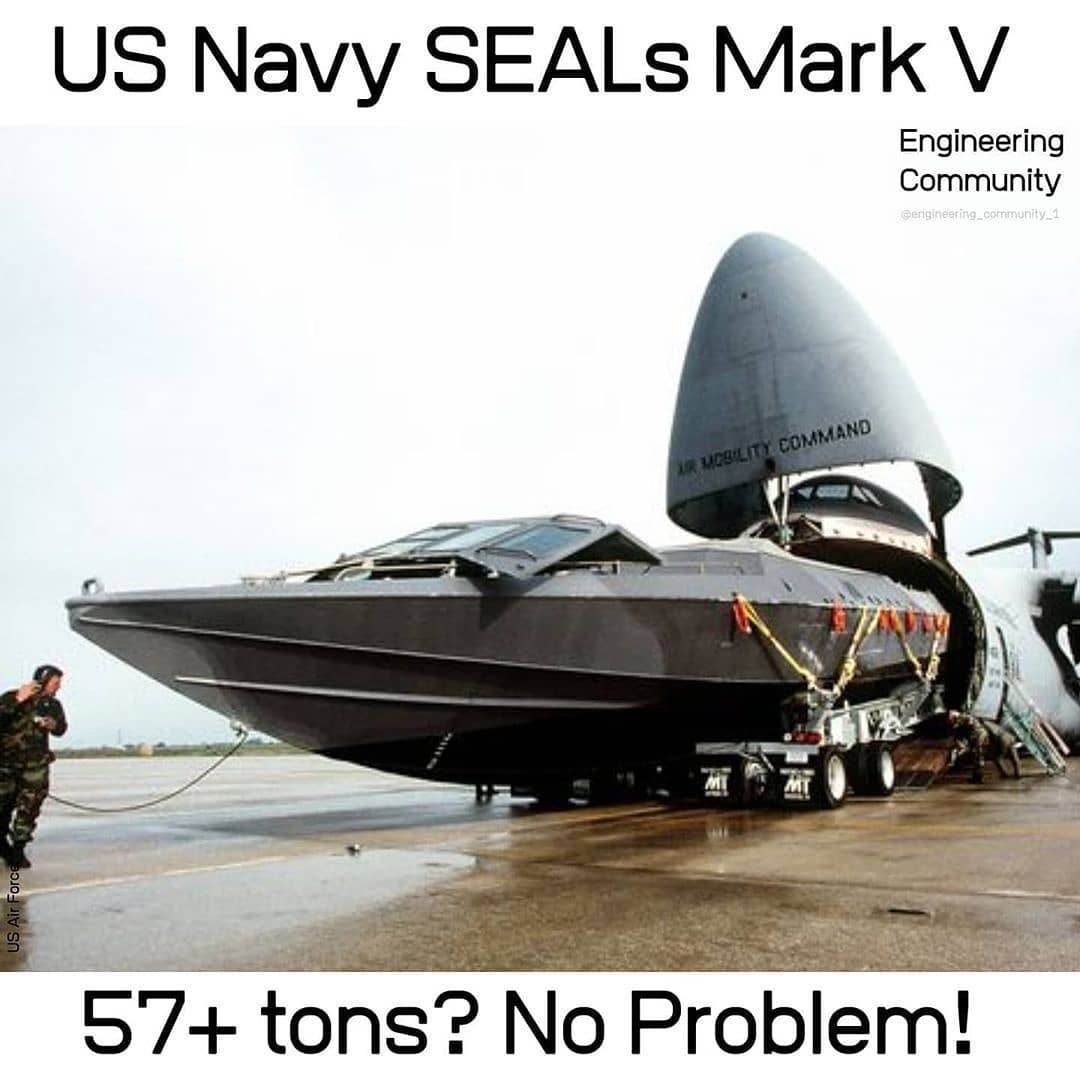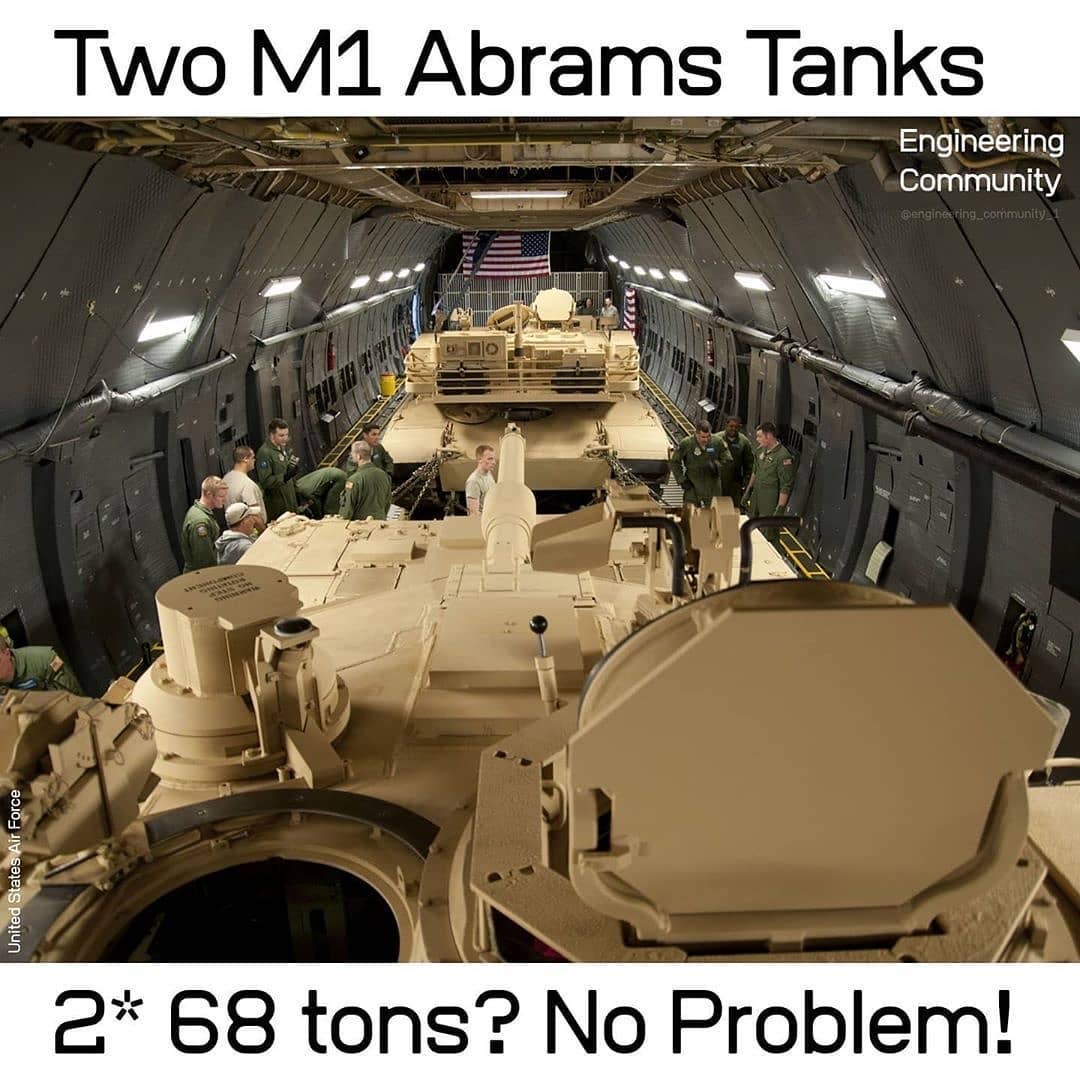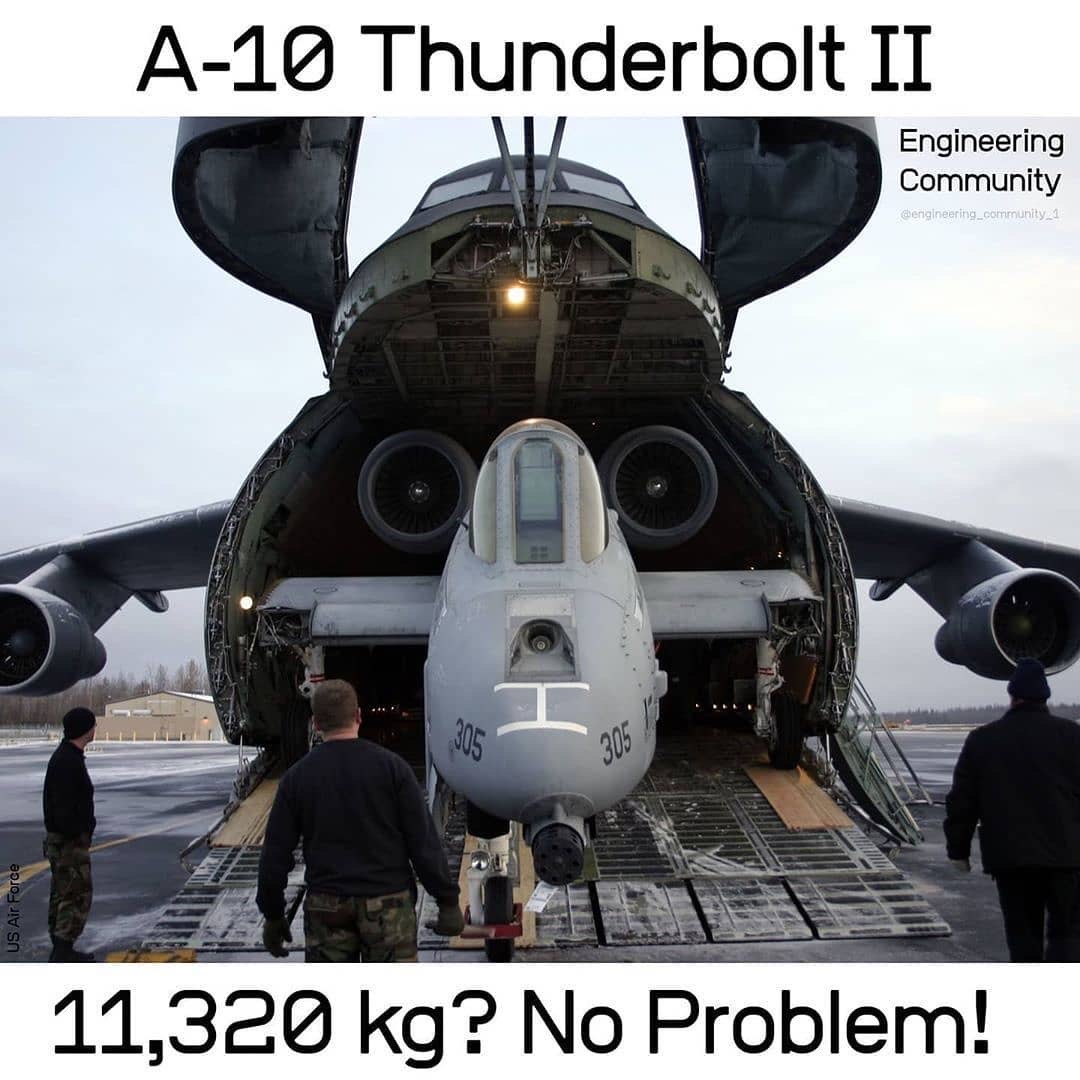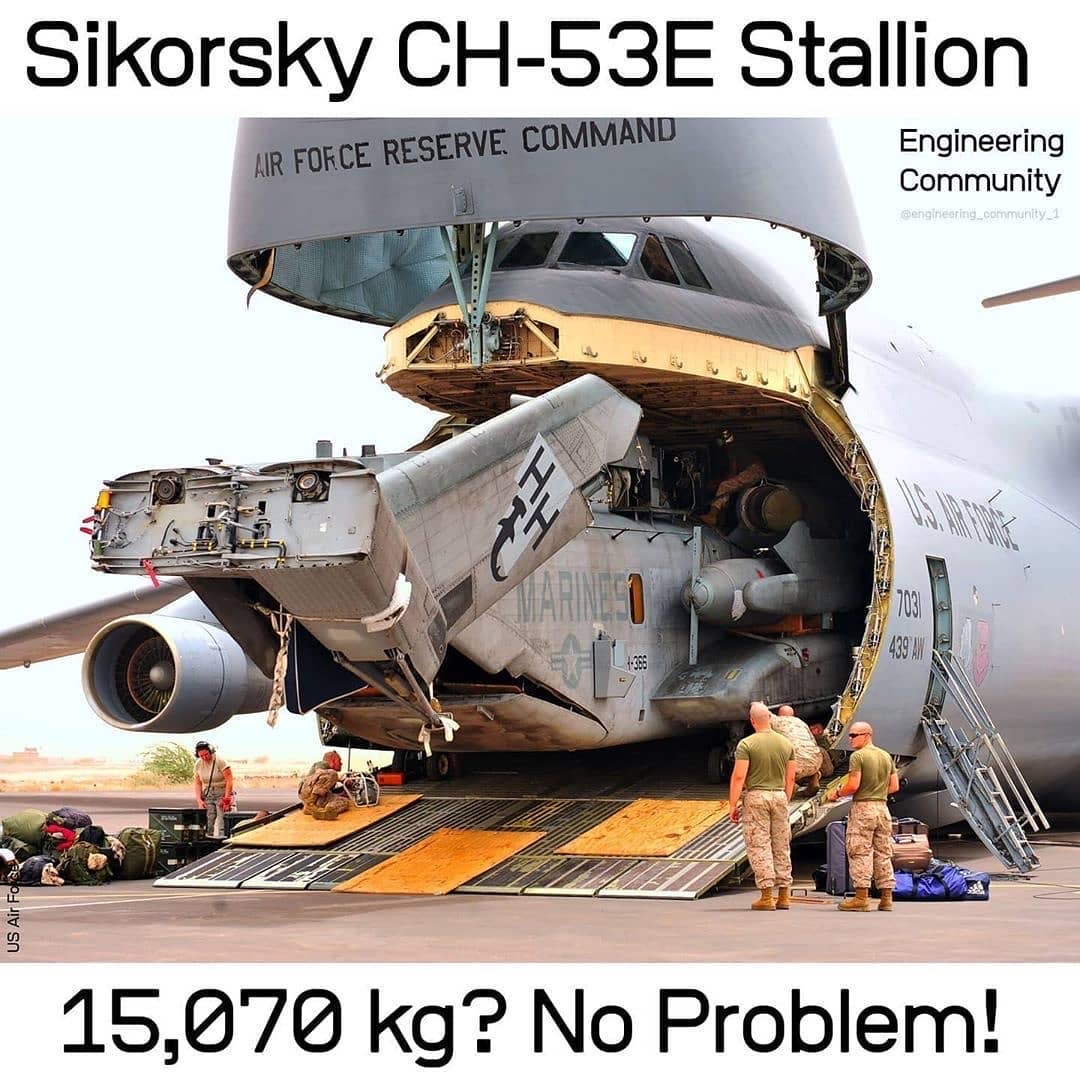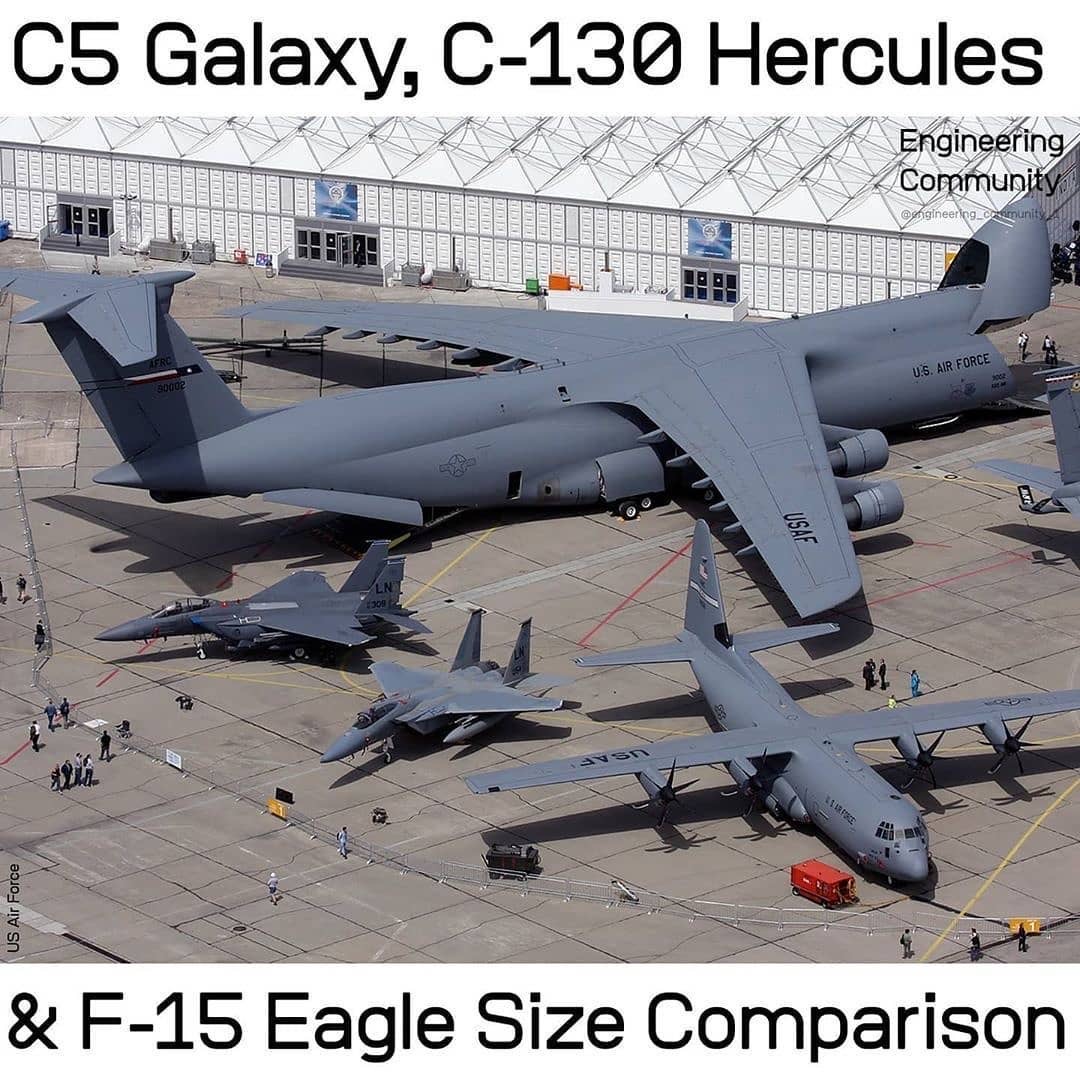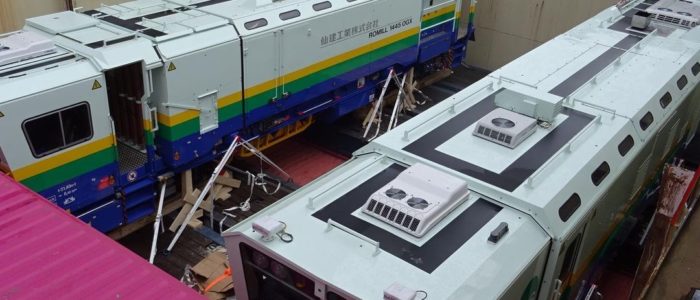
Transporting Railcars And Railroad Tampers By Sea
Railcars and railroad construction cars are shipped internationally on several types of ships such as breakbulk carriers, RO/RO carriers and containerships. Breakbulk ships lift the railcars from the pier into the hold with ship’s onboard gear. RO/RO carriers load the equipment on rolling mafi platforms that get towed into the hold via the ships massive ramp. Containerships utilize flat rack containers which are containers with no sides and no roof, designed to carry oversized equipment. The loaded flat racks are lifted on board ships with dockside gantry cranes. Lifting and securing these heavy units is planned with the use of engineering drawings that take into account center of gravity, lifting angles and lashing points. The upcoming Texas and California high speed rail projects will involve these types of shipments.
(Photo credit: ocean_network_express via Instagram: “Special cargo shipment from Europe to Japan”)
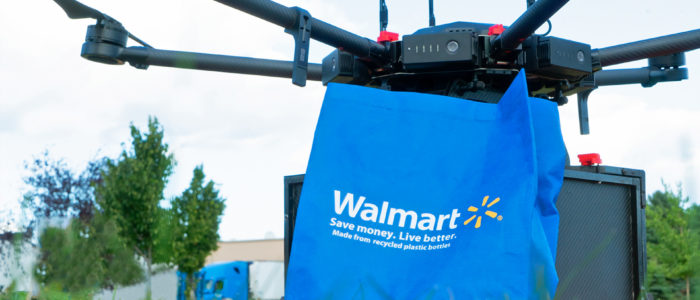
Walmart And Amazon Drones Battle For Last-Mile Delivery Supremacy
Walmart and Amazon are engaged in a war of delivery drones. Although Amazon may be the largest e-commerce retailer, Walmart may have a structural edge enabling them to deliver groceries and household items by drone more quickly. Both players introduced short-range drones to transport small packages up to 5 pounds. According to Amazon, about 90% of products they sell weigh under 5 pounds.
Walmart claims they have a store within 10 miles of 90% of Americans. Amazon, by contrast, delivers from its fulfillment centers, usually located near major cities. That gives Walmart an edge until Amazon ramps up their rural presence.
Meanwhile, Amazon has patented a futuristic Jetson-style idea for distribution towers that look like beehives. The towers would function as fulfillment centers with landing pads for delivery drones, strategically located near high-density residential towers.
The current need for social distancing has accelerated a paradigm shift from brick-and-mortar stores to online shopping with contact-free delivery.
Read more about the drone war between Walmart and Amazon at:
https://www.freightwaves.com/news/walmart-pilots-drones-to-fly-items-to-consumers-doorsteps
& https://www.freightwaves.com/news/amazon-now-authorized-to-fly-commercial-delivery-drones
(Photo credit: Amazon, via FreightWaves, and Walmart, via FreightWaves)
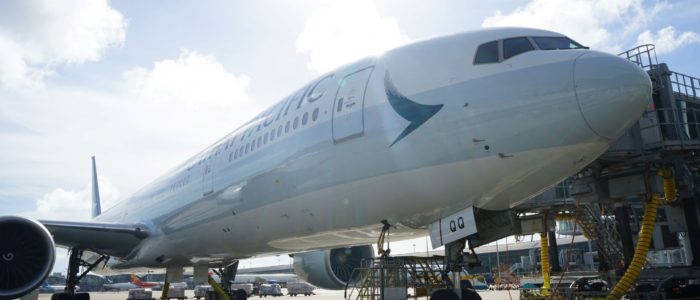
Airlines Retrofit Passenger Aircraft To Handle Cargo
Cathay Pacific supplements their cargo capacity and cuts some of their losses related to the pandemic by removing economy seats from Boeing 777 planes to transport more medical supplies, PPE and other critical shipments. They are required to keep the front and rear seat rows in place to protect the aircraft from cargo that could shift due to turbulence. Cargo is placed in fire-retardant bags because passenger cabins aren’t equipped with fire-suppression systems. The airline follows in the footsteps of Air Canada and Lufthansa who have reconfigured some passenger planes for cargo.
Read more about this trend at:
https://www.freightwaves.com/news/cathay-pacific-strips-seats-from-777-aircraft-for-cargo
(Image Credit: Cathay Pacific)
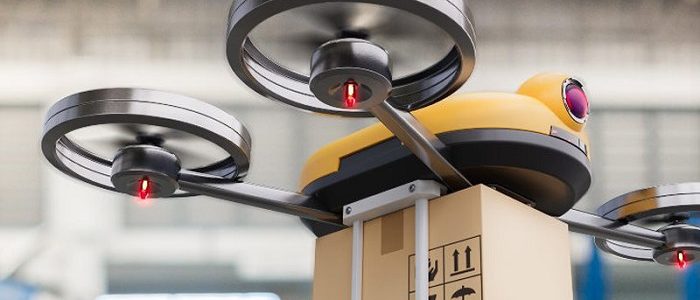
Drone Delivery System Aims to Make Mid-Size Retail Chains Competitive With E-Commerce Giants
Deuce Drone announced a test of their last mile delivery system which is intended to make delivery directly from stores to consumers faster and more affordable. Rouses Market, which operates 64 grocery stores in the south, has partnered with Deuce Drone to test a same day delivery system by drones in order to make last mile delivery faster and less costly than vans, so they can compete with Amazon.
Read more at:
https://www.supermarketnews.com/online-retail/rouses-markets-pilot-drone-delivery-groceries
(Image courtesy of: Commercial Drone Professional of Deuce Drone)
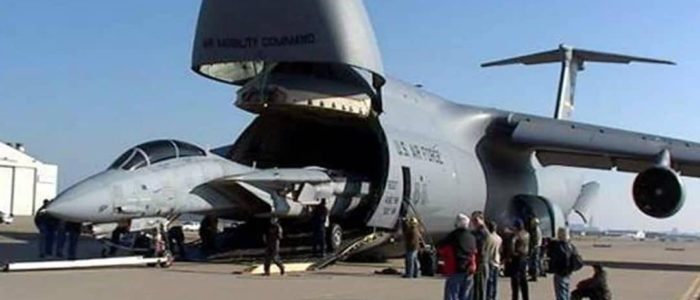
Galaxy C5 Cargo Aircraft Transports Massive Military Equipment
The US Air Force uses one of the largest aircraft in the world for intercontinental transport of massive pieces of military equipment such as jet fighters, helicopters, tanks and trailers. The only aircraft that rivals the Galaxy’s airlift capacity is the Russian Antonov which is chartered out for civilian transport of oversize cargo that cannot fit on conventional freighter aircraft. Although the Antonov carries more cargo, the Galaxy has more modern avionics and aerial refueling capacity.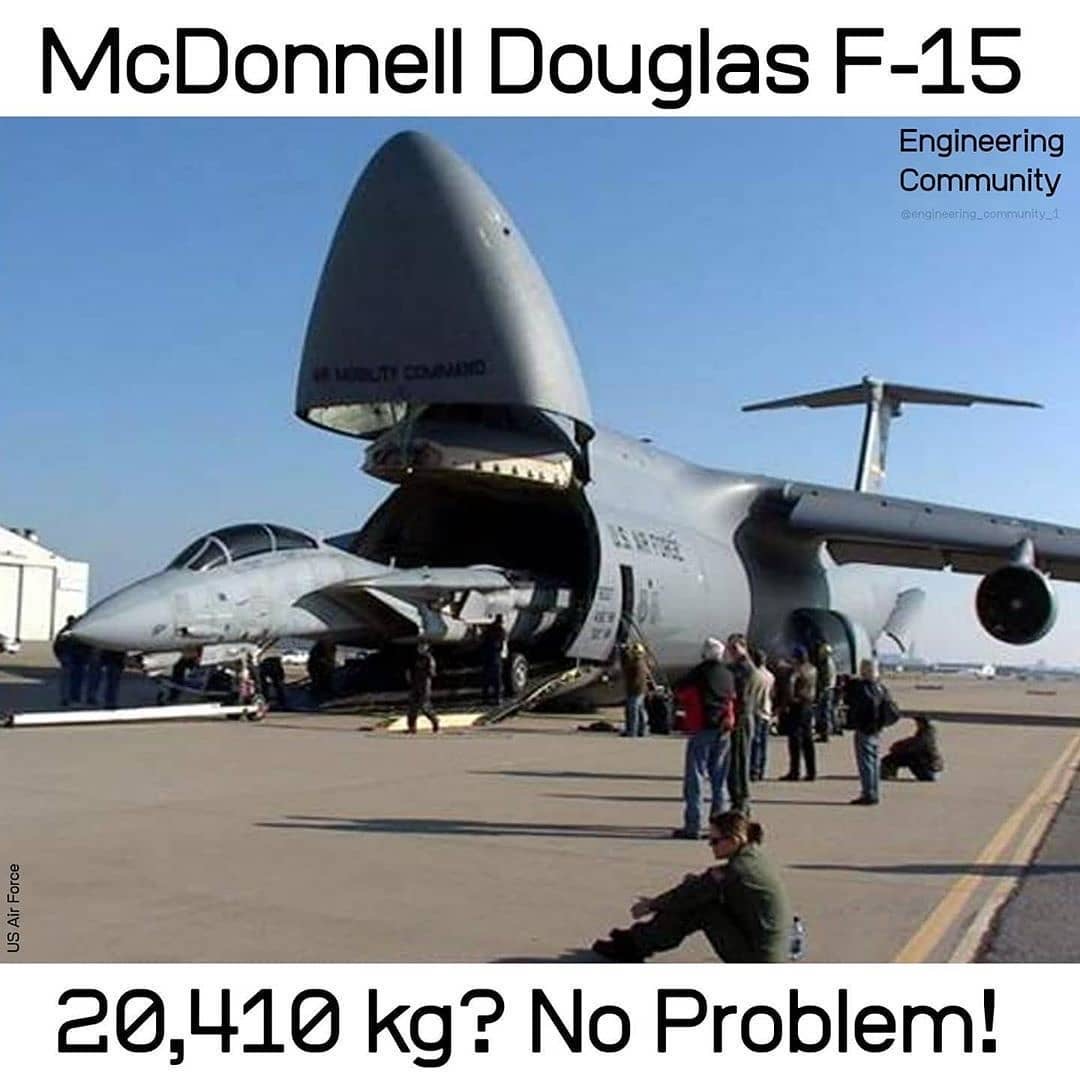
(Photos from @aero.sonicboom on Instagram)
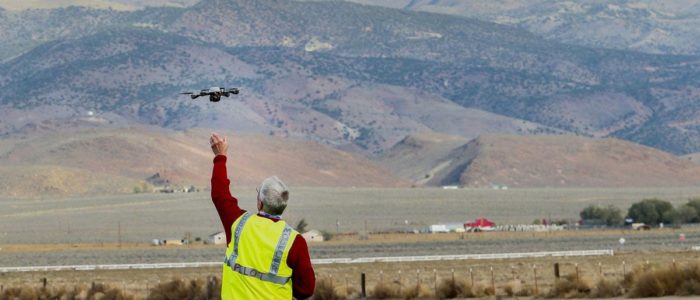
New Drone System Developed For Long Distance Delivery
Civil drone operators are currently restricted to line-of-sight operation of one drone at a time to avoid collisions. Satellite operator, Inmarsat Group Holdings, has partnered with Altitude Angel LTD to operate drones over long distances safely by integrating a backup satellite connection for areas with no land-based communications . If they can prove safe operation to regulators, fleets of remotely operated drones could be deployed to transport tons of goods. Read more about this development at:
Read more about this development at:
https://www.ttnews.com/articles/satellite-firm-develops-long-distance-system-delivery-drones
(Photo Credit: Chip Chipman/Bloomberg News)
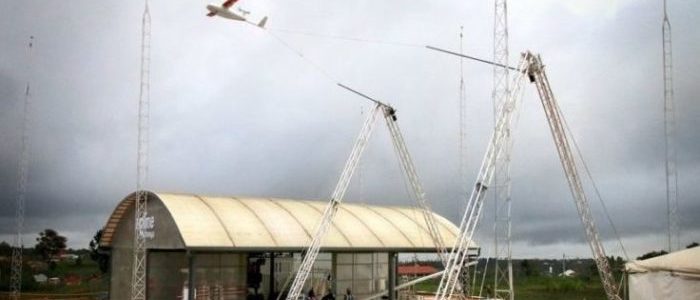
Drone Manufacturer Asks FAA To Approve Unmanned Medical Supply Flights In Response To Pandemic
Zipline is offering to setup a drone-based supply chain across the US for distribution of emergency supplies such as medicine, PPE gear, test kits and even blood to ease supply chain blockages. The drones are launched by catapult and recovered by an arrestor system. The company has been operating the drones to deliver emergency medical supplies to remote locations in Africa for several years. Medical supplies are dropped by parachute to healthcare workers and rushed to areas suffering severe shortages.
Read more at:
https://www.aopa.org/news-and-media/all-news/2020/april/13/zipline-pitches-drones-for-us-coronavirus-relief
(Photo credit: From Zipline via AOPA: Zipline created these fixed-wing drones.)
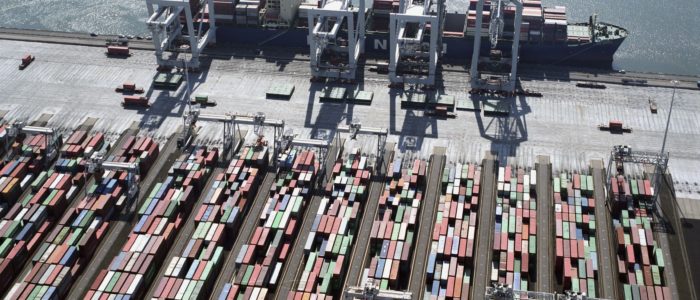
Critical Cargo Bypassing Bottleneck at Ocean Ports Aboard Chartered Passenger Aircraft
Bottlenecks in the global supply chain are being bypassed by repurposing passenger aircraft for critical cargo. With retailers worldwide closing shop, warehouses becoming backed up with undelivered goods, increasing trucking restrictions and driver shortages, importers are being forced to delay delivery of goods that can’t be sold or stored. This clogs ports with containers and slows critical food and medical supply chains. Ocean carriers are rerouting containers to transshipment ports and yards close to destination so they can reach markets more quickly when business resumes, while keeping major ports unclogged. To keep food and medical supply chains flowing, critical cargo is moving on passenger aircrafts that have been idle since the travel ban.
Read more about how the ocean and air transport industries are adapting to the crisis at:
https://www.joc.com/air-cargo/idle-passenger-planes-take-mini-freighter-roles_20200317.html
(Photo credit: IAPH/International Association of Ports and Harbors)
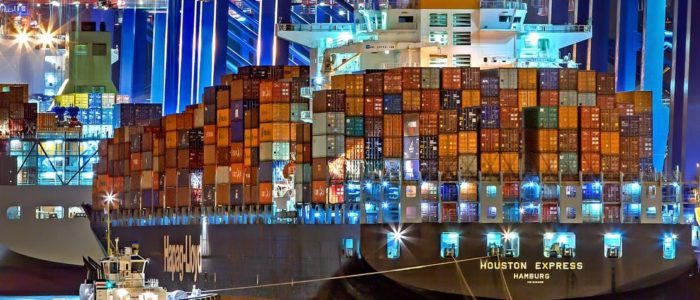
Manufacturers Who Cut Inventories And Profit Margins To The Bone Are The Most Vulnerable To The Current Crisis
In order for western manufacturers to remain competitive, many components are sourced from China. When China delays manufacturing, western manufacturers’ ability to finish their products and deliver them to market is impeded. To compound that problem, inventories are typically stockpiled for just 15-30 days due to cost-saving inventory management methods such as “just in time delivery”. That spells double trouble for manufacturers and consumers alike.
Read more about how the current crisis is impacting global supply chains at:
https://www.theatlantic.com/ideas/archive/2020/03/supply-chains-and-coronavirus/608329/
(Photo credit: Julius Silver)
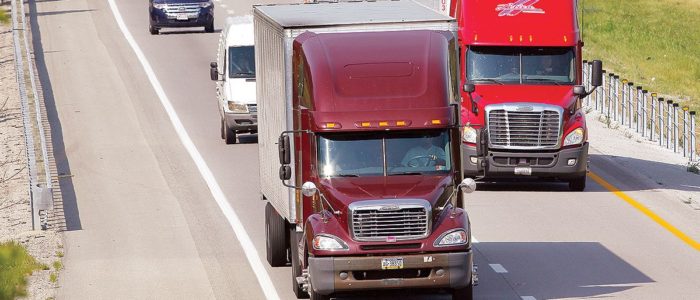
Trade Continues Despite US Border Closures with Canada and Mexico
Recent announcements of US border closures with Canada and Mexico state that the borders remain open for trade. Canada’s Transport Minister Marc Garneau explained that truck drivers, train and airline crews are exempt from the restrictions.
Read more about the border closures at: https://www.ttnews.com/articles/us-canada-agree-close-border-remain-open-trade
&
https://www.ttnews.com/articles/us-mexico-border-close-amid-spread-coronavirus
(Photo credit:Trucks on the road. (John Sommers II for Transport Topics)
